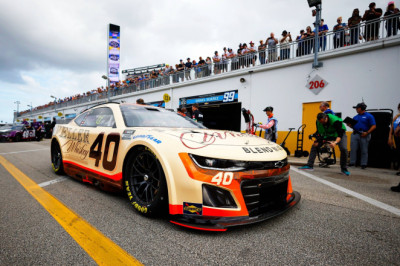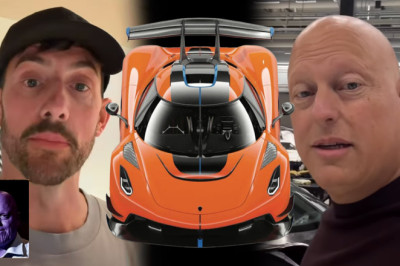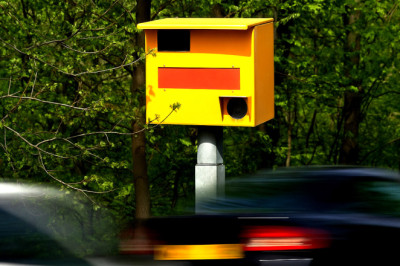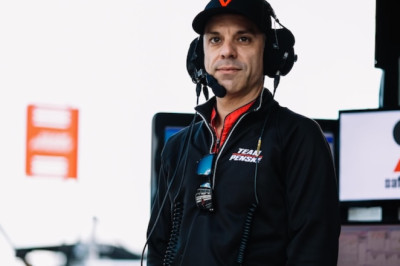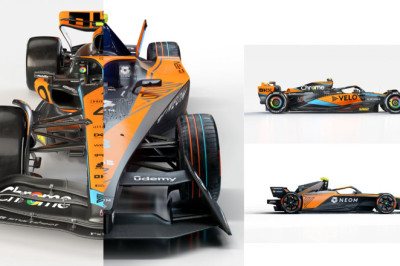
The Jaguar E-Type is a legendary British sports car celebrated for its stunning design and thrilling driving experience. Produced between 1961 and 1975, its lightweight unibody construction and powerful engines differentiate it from many contemporaries. However, many surviving E-Types have suffered from hidden rust, patchy repairs, and mechanical aging typical of a 50+ year-old vehicle. Careful evaluation is crucial to assess condition, originality, and whether the car fits your needs—be it weekend driving or investment. This guide walks you through every critical inspection area so you can approach the buying process confidently.
Inspection Walkthrough
1. Documentation & Provenance
-
Full service history is rare but ideal. Look for receipts covering timing chain, carburetor rebuilds, and electrical wiring updates.
-
Confirm matching numbers on engine, chassis, and gearbox to maximize value and authenticity.
-
Verify ownership records and previous restorations for transparency.
| Good Sign | Red Flag |
|---|---|
| Extensive maintenance records | Missing or fabricated history |
| Matching chassis and engine numbers | Non-original replacement engine |
| Included factory manuals | Patchy ownership |
2. Exterior & Bodywork
-
Body is a monocoque steel shell with aluminum panels, prone to rust especially in the sills, wheel arches, rear wings, and battery box area under the rear bumper.
-
Check door bottoms, floor panels (particularly footwells), A-pillars, and spare wheel recess for bubbling paint and corrosion.
-
Use a magnet to detect filler or repairs under paintwork.
-
Panel gaps should be uniform; unevenness may indicate past accident damage or poor repairs.
| Area | What to Look For | Cost Implication |
|---|---|---|
| Sills (rocker panels) | Rust, holes, and cavities | Full sill replacement expensive |
| Floor panels (footwells) | Softness or holes in carpeted floor | Welding panels costly |
| Battery box support | Corrosion due to acid/water mix | Challenging and costly fix |
| Wheel arches | Surface rust or filler patches | Panel replacement expensive |
3. Engine & Drivetrain
-
The straight-six (3.8 or 4.2L) engines should start smoothly, with minimal rattles. Excessive tappet noise, blue smoke, or oil leaks suggest wear.
-
Known issues include timing chain stretch causing rattles or eventual failure; check for recent timing chain work.
-
Carburetor diaphragms and chokes often need rebuilding for reliable cold starts and idling.
-
Cooling system can overheat, so inspect radiator, fan, and hoses carefully.
-
Gearbox: 4-speed synchros can wear, leading to crunching gears. Look for smooth shifting.
-
Rear differential should be quiet with no excessive play.
| Component | Symptom | Likely Fix / Cost |
|---|---|---|
| Timing chain | Rattling noise on cold start | Chain and guides replacement |
| Carburetors | Poor cold starting, hesitation | Diaphragm rebuild kits |
| Head gasket | Overheating, white smoke | Head gasket replacement |
| Gearbox synchros | Crunching when shifting | Expensive rebuild |
| Oil leaks | Leaking seals or gaskets | Typical with age; varied cost |
4. Suspension & Steering
-
Inspect ball joints, wishbone bushes, and rear dampers for wear or leakage.
-
Older bushes may cause a vague or loose steering feel.
-
Check for play or knocking by moving the wheels when car is elevated.
5. Brakes & Wheels
-
Original brakes may feel weak; examine discs, drums, pads for wear and corrosion.
-
Handbrake mechanism needs testing for reliability.
-
Check brake hoses and lines for brittleness or leaks.
-
Evaluate wheel condition and ensure originality or quality replacement.
6. Electrical & Lighting
-
Lucas electrical systems can be temperamental; check wiring harness for corrosion or poor splices.
-
Battery and charging systems need to maintain voltage steadily.
-
Confirm all lights, switches, and gauges operate correctly.
-
Pay special attention to starter solenoids and ignition wiring for age-related failure.
7. Interior & Trim
-
Inspect leather seats for tears and wear; original materials command a premium.
-
Check dash for cracking or warping; difficult and costly to restore properly.
-
Confirm functionality of switches, gauges, and trim pieces.
-
Floor carpets can hide rust or rot—check under carefully.
8. Test Drive Notes
-
Engine should warm up smoothly and respond well without smoke or unusual noises.
-
Gear shifts should be seamless and without crunch or difficulty.
-
Steering should be tight and precise; excessive play is a problem.
-
Brakes should feel firm with no pulling or vibrations.
-
Listen for knocks or rattles from suspension or drivetrain.
Ownership Costs & Market Value
-
Spare parts are generally available but can be expensive and sometimes poor quality.
-
Preservation and restoration of rust-prone areas and the cooling system are ongoing challenges.
-
Annual maintenance can be £1,000+ depending on use and condition.
-
Market values for well-maintained E-Types have risen significantly with popular examples reaching six figures.
Buyer’s Verdict
The Jaguar E-Type remains one of the most captivating classic cars but requires thorough inspection due to rust and mechanical wear. Ideal for enthusiasts prepared for ongoing upkeep or investors seeking originality. Avoid cars with amateur rust repairs or undocumented engine swaps. Cars with documented history, matching numbers, and rust-free bodies merit a green light. Approach any example with caution; expert pre-purchase inspection is highly recommended.







